Anthropology
-
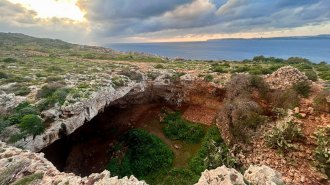 Archaeology
ArchaeologyStone Age hunter-gatherers may have been surprisingly skilled seafarers
New archaeological finds in Malta add to an emerging theory that early Stone Age humans cruised the open seas.
-
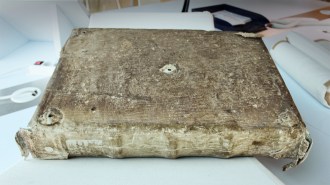 Anthropology
AnthropologyRare books covered with seal skin hint at a medieval trade network
The furry seal skins may have made their way to French monasteries from as far away as Greenland.
By Alex Viveros -
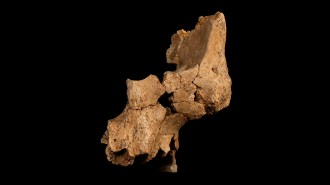 Anthropology
AnthropologyWestern Europe’s oldest face adds new wrinkles to human evolution
Face bones unearthed in a cave suggest that members of our genus, Homo, reached northern Spain as early as 1.4 million years ago.
By Bruce Bower -
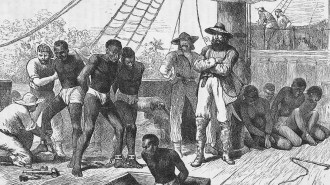 Anthropology
AnthropologyAn African strontium map sheds light on the origins of enslaved people
While genetic tests can reveal the ancestry of enslaved individuals, strontium analysis can now home in on where they actually grew up.
-
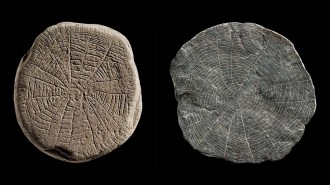 Archaeology
ArchaeologyAncient, engraved stones may have been buried to summon the sun
Members of a Stone Age culture in Denmark may have ritually buried stones to counter the effects of a volcanic eruption.
-
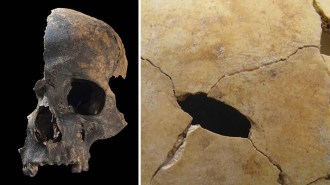 Anthropology
AnthropologyBritain’s largest ancient massacre may have included cannibalism
Bones recovered from a natural shaft unveil a 4,000-year-old massacre of men, women and children, possibly part of a cycle of revenge killings.
By Bruce Bower -
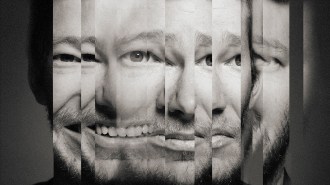 Anthropology
AnthropologyHumans have linked emotions to the same body parts for 3,000 years
3,000-year-old clay tablets show that some associations between emotion and parts of the body have remained the same for millennia.
By Jason Bittel -
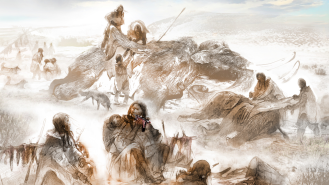 Humans
HumansDietary evidence bolsters Clovis hunters’ reputation as mammoth killers
Mammoths made up as much as 40 percent of the ancient North Americans’ diet, a chemical analysis of human remains reveals.
By Anna Gibbs -
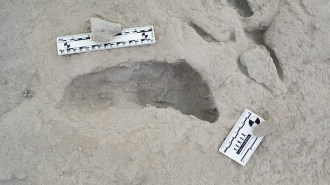 Anthropology
AnthropologyFootprints offer a rare look at ancient human relatives crossing paths
The imprints put flat-footed and arched-foot walkers together at a prime spot in East Africa.
By Bruce Bower -
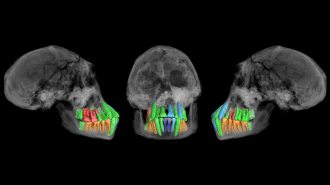 Anthropology
AnthropologyFossil teeth hint at a surprisingly early start to humans’ long childhoods
Signs of temporarily delayed tooth development in the skull of an ancient Homo species youth spark debate about the origins of humanlike growth.
By Bruce Bower -
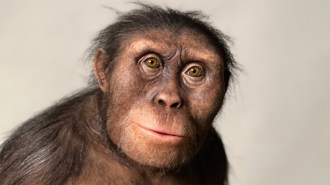 Anthropology
AnthropologyHow does a fossil become a superstar? Just ask Lucy.
Geologic good fortune, skilled scientific scrutiny and a catchy name turned Lucy into an evolutionary icon.
By Bruce Bower -
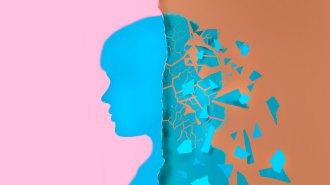 Anthropology
AnthropologyThe ‘midlife crisis’ is too simple a story, scientists say
Some scientists want to shift focus to the teen mental health crisis. But the course of happiness is too complex for simplistic theories, experts warn.
By Sujata Gupta